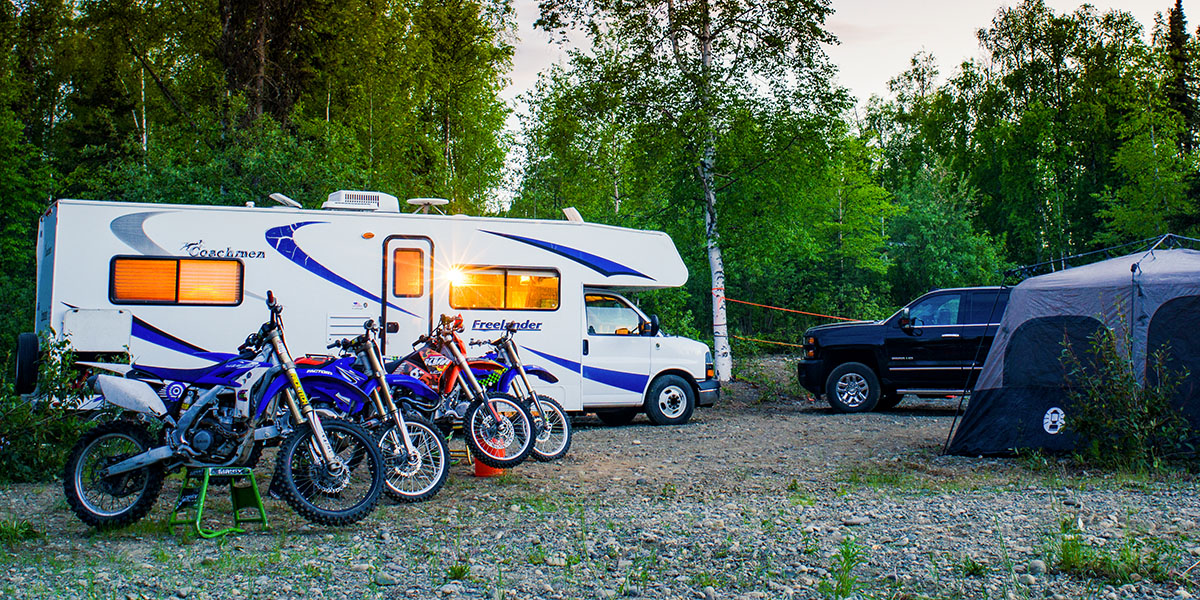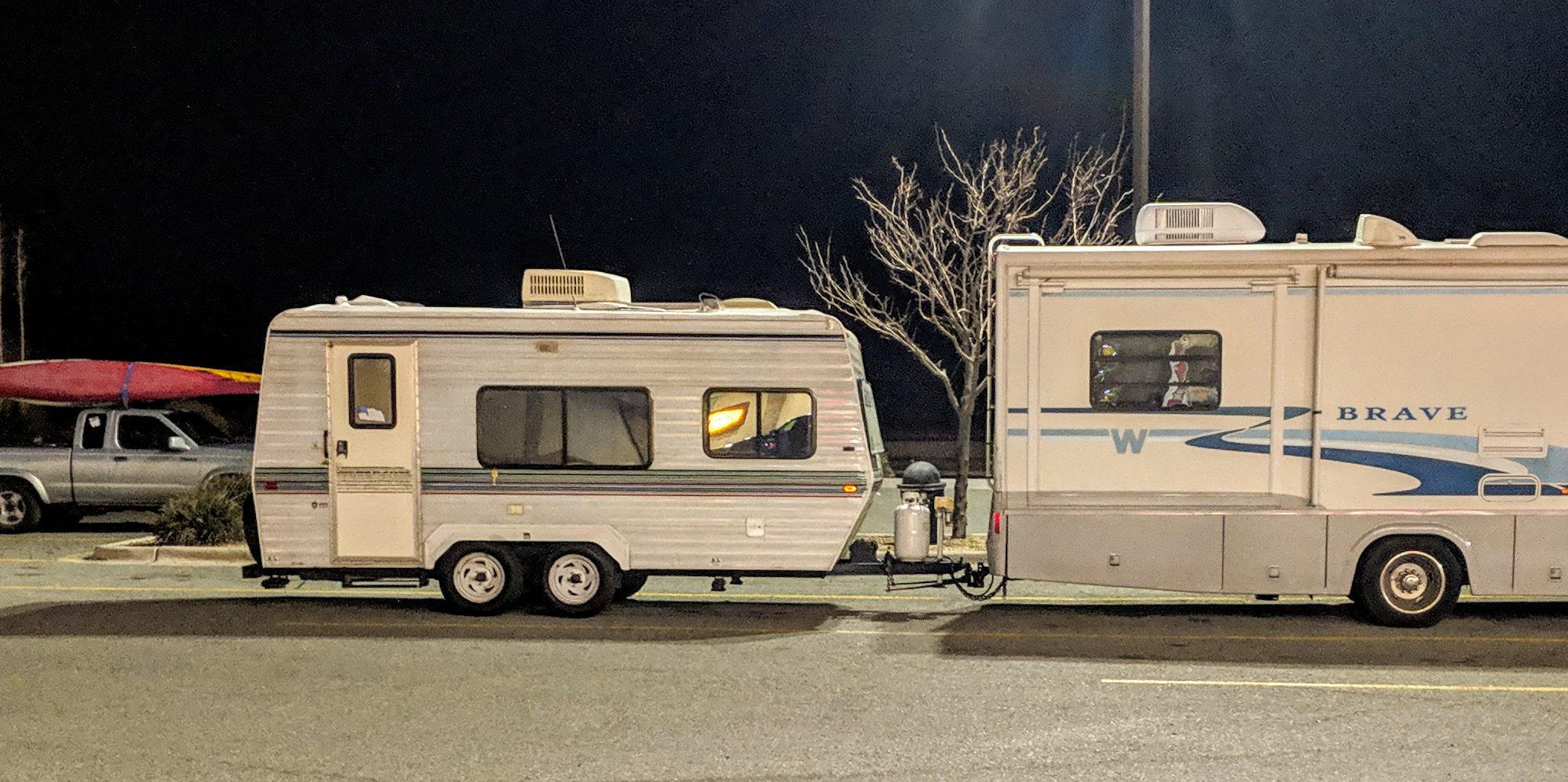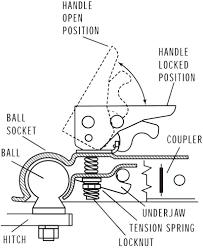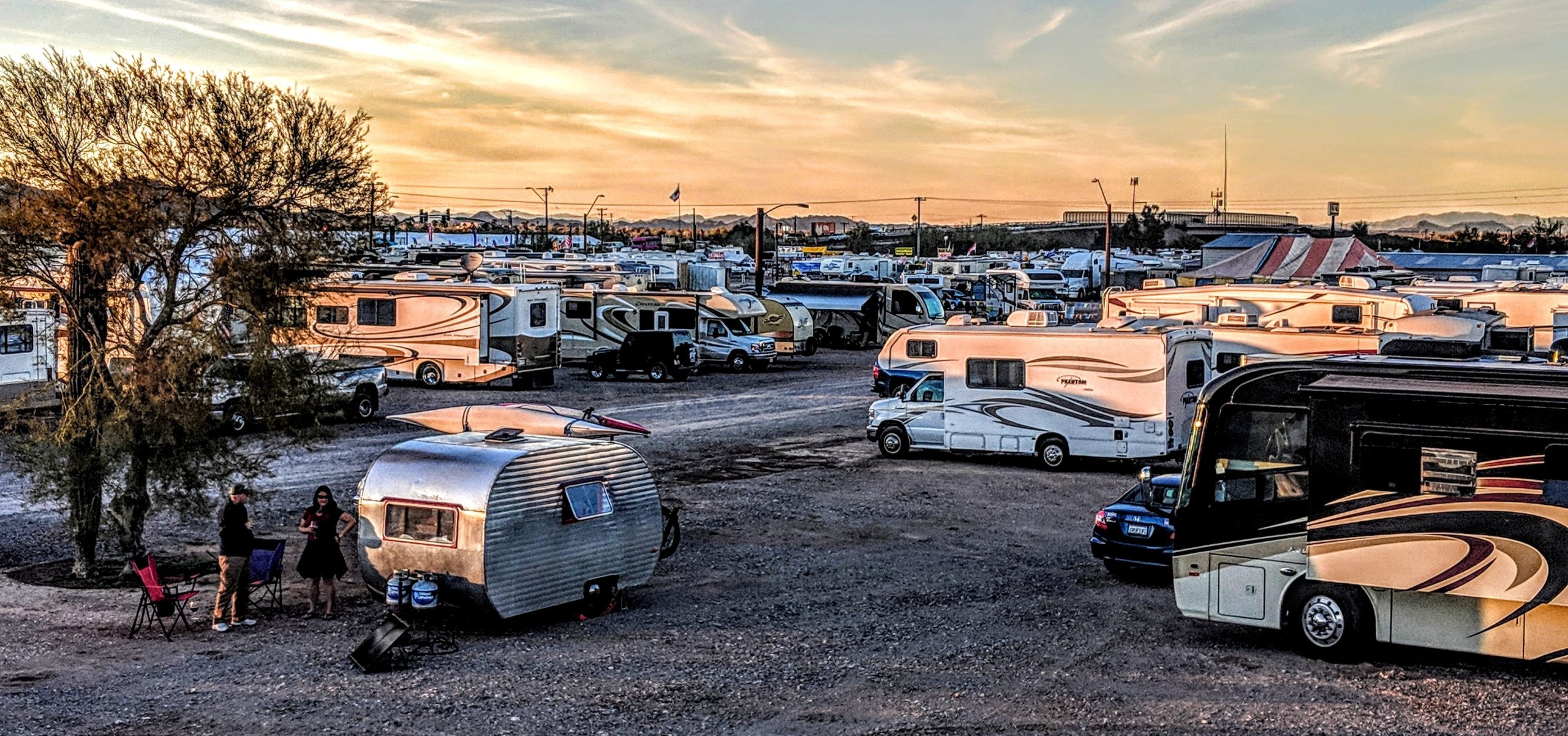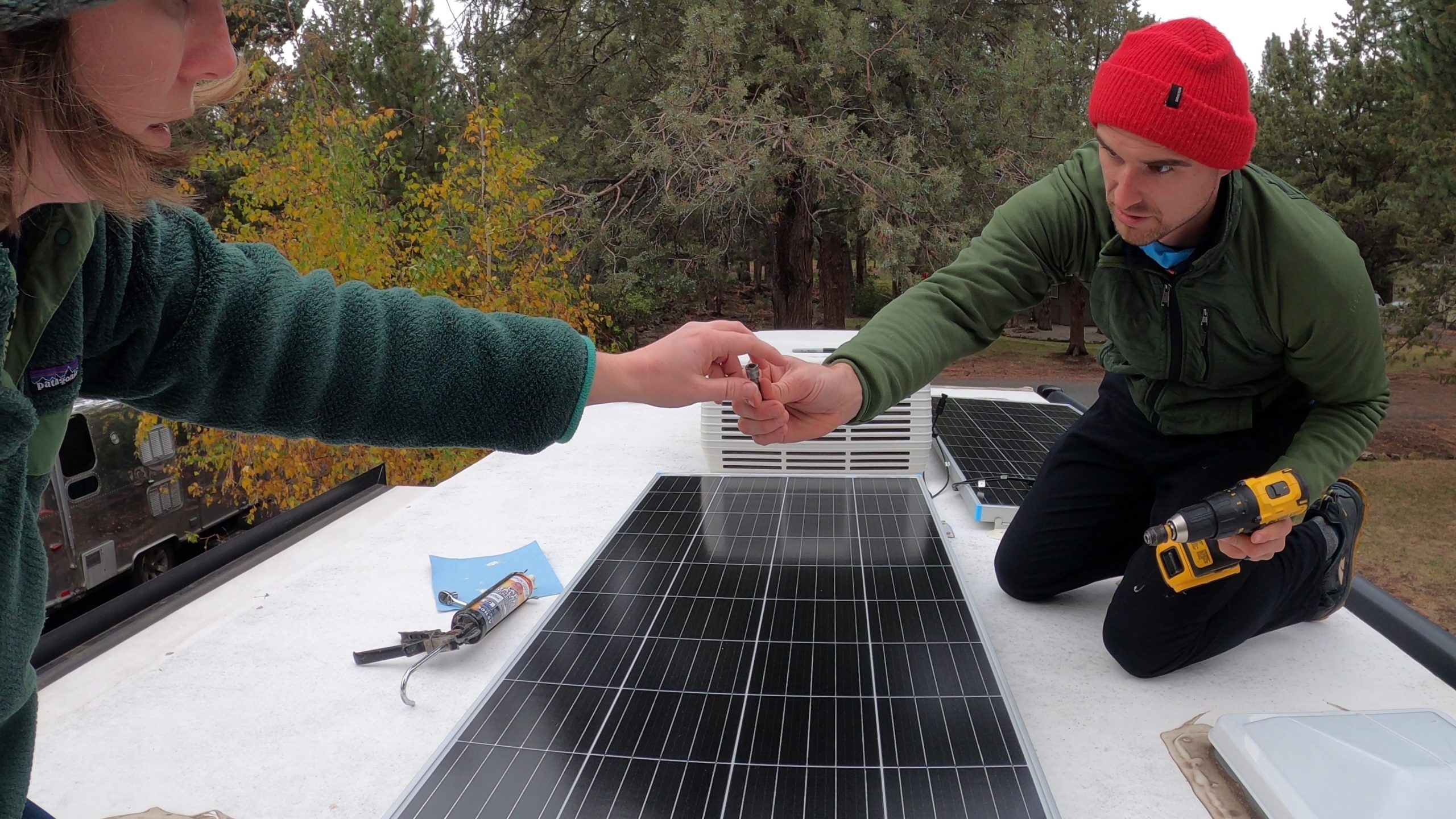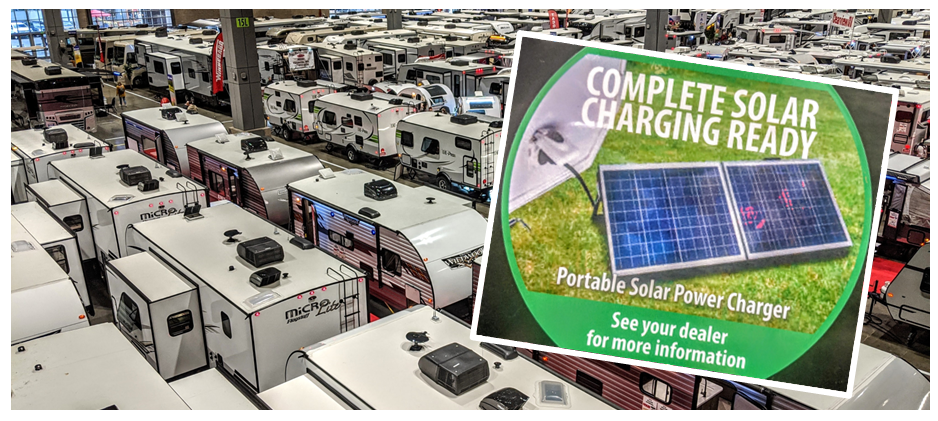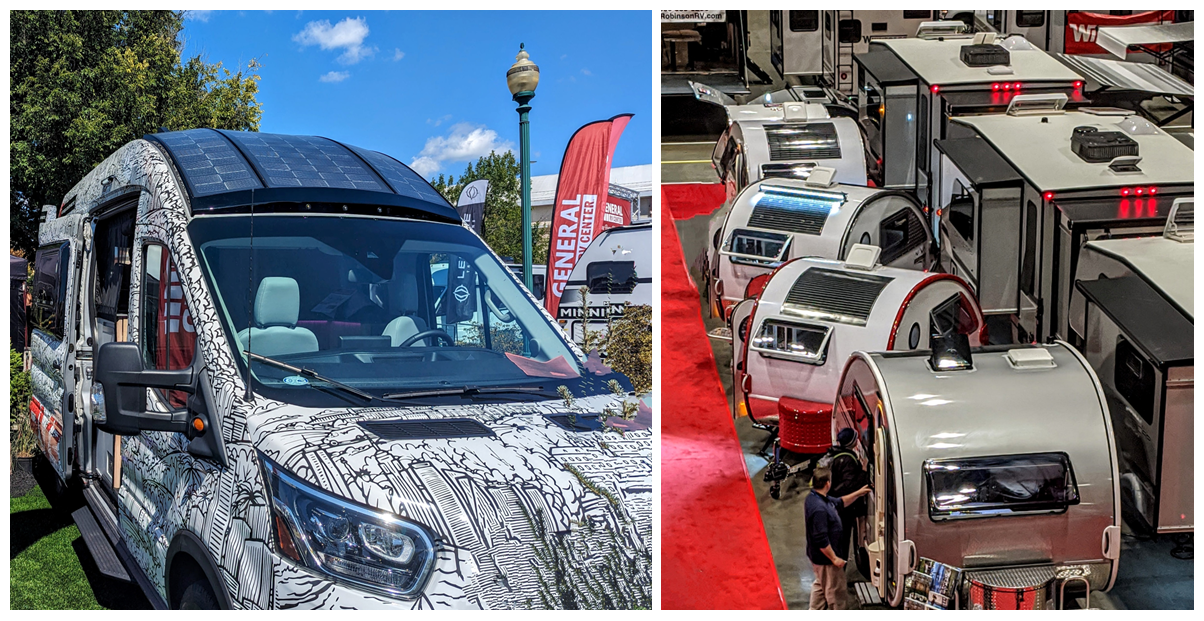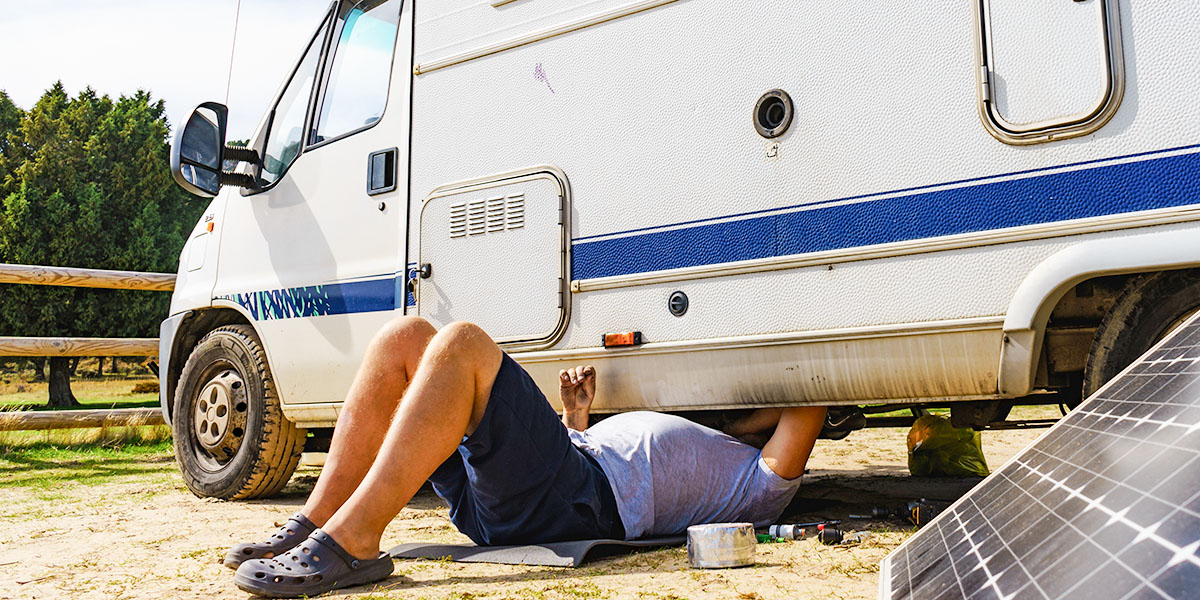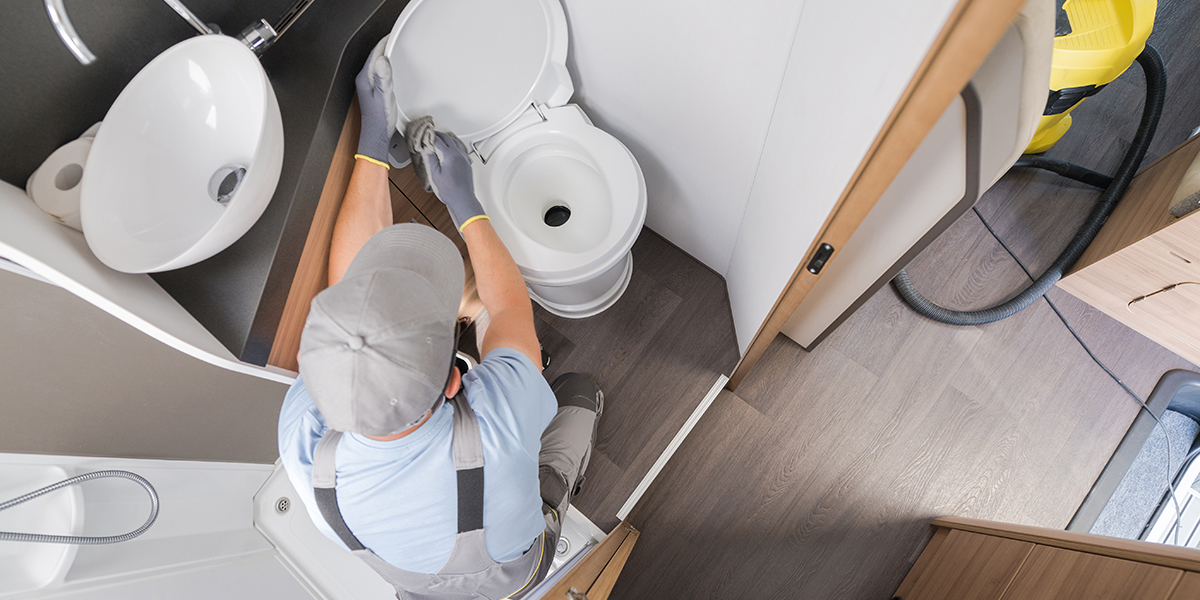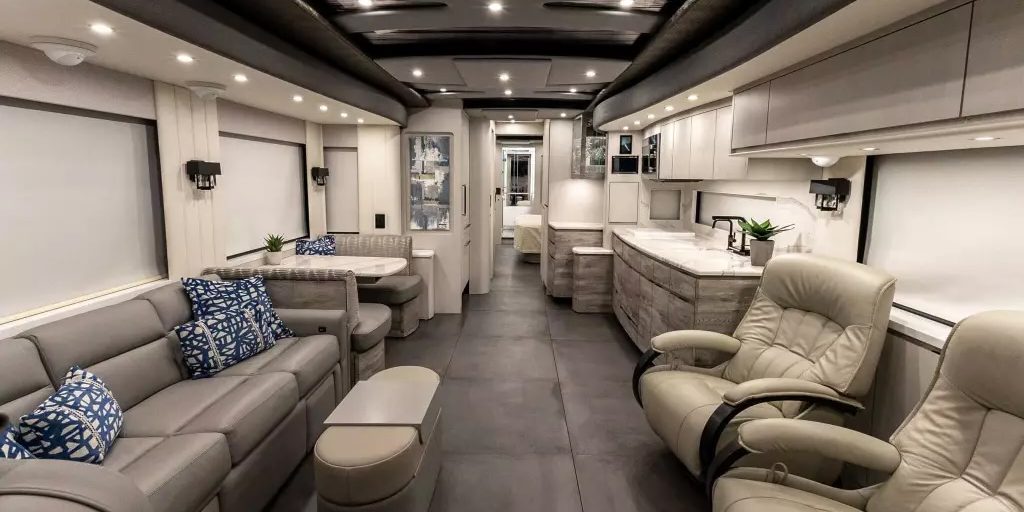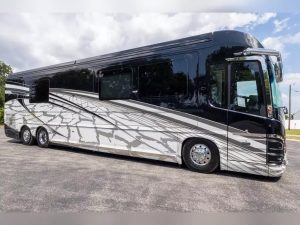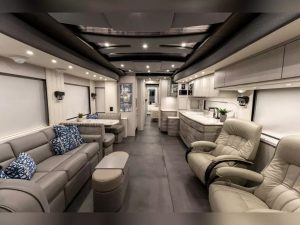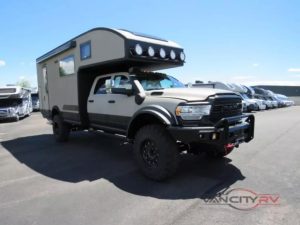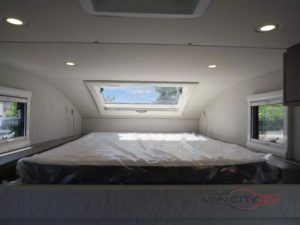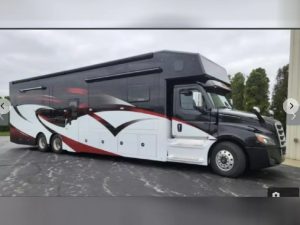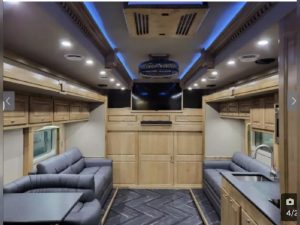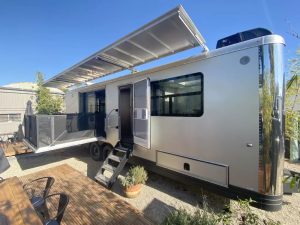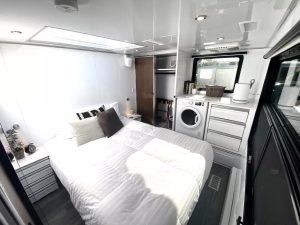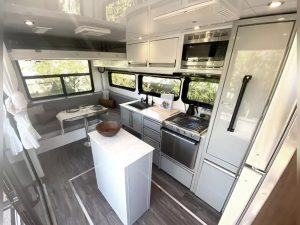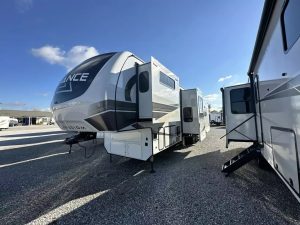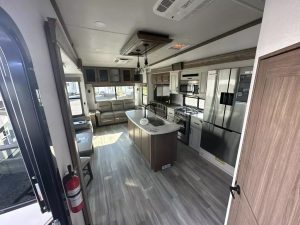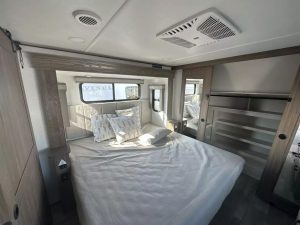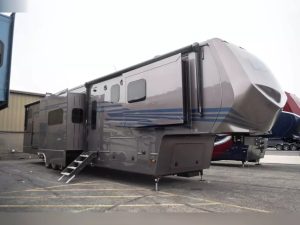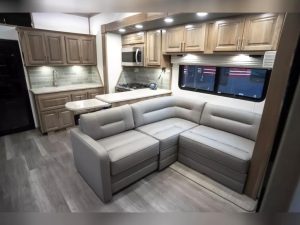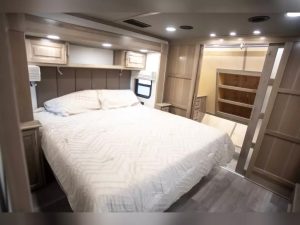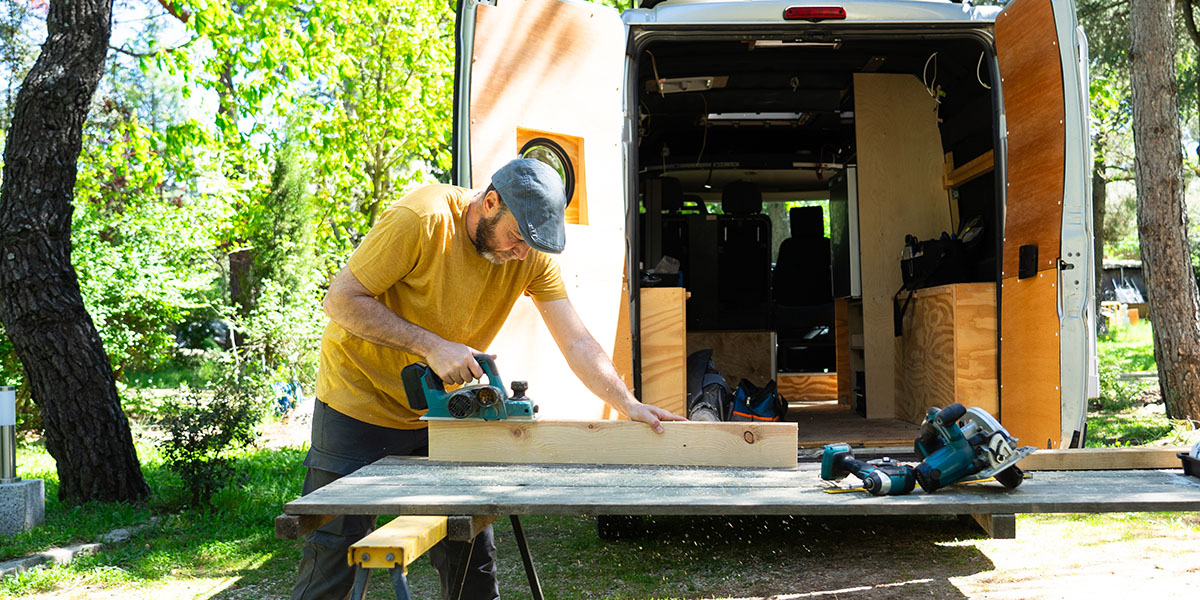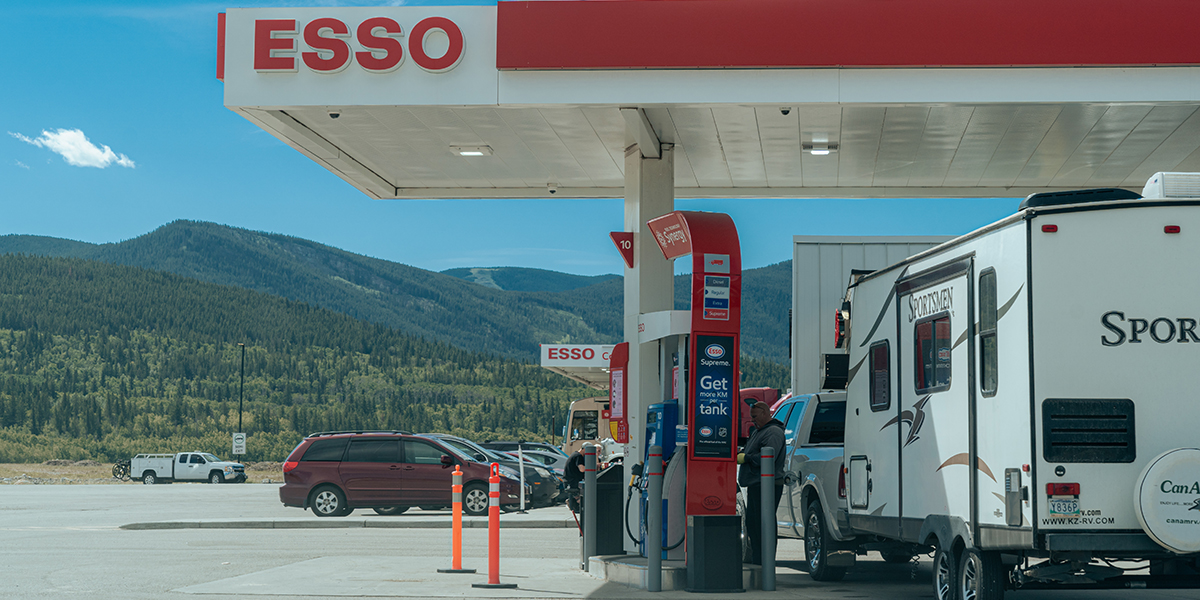Traveling by RV sure is great, but it doesn’t replicate the rapturous, untamed freedom that a motorcycle can offer. And if you’ve ever taken a cross-country motorcycle road trip, then you’ve had a taste of that Tom Petty magic. It’s perfectly wild and free, iconic in every way. That is, until it’s time to set up your tent in the rain, in the dark, after a seven-hour ride. You’re tired, cold, hungry and irritable, to say the least. But it’s possible to indulge in the freedom that a motorcycle brings us without having to tough it out in the rough. Because you don’t really have to choose between traveling by RV or by bike. You can RV with your motorcycle.
For everyone who would like to have your cake and eat it too, this is the dream. With an RV, you can travel with all the comforts of home and bring your motorcycle with you. You can freely explore your destination. Range far and wide —all while having a nice cozy bed to sleep in at day’s end, rain or shine.
Here’s what you need to know to make that happen — the methods, the key numbers to know, and the best RVs to do it.
How to RV Your Motorcycle with an RV
There are a few ways to transport your motorcycle with your RV. You can tow it behind, mount it on the back, or park it inside. With a Class A motorhome, you can either use a lift on the back of the motorhome, or you can tow the bike behind you. With a standard fifth wheel, you’re limited to towing your motorcycle with a lift on the back. While many fifth wheels do not have a frame sturdy enough to support the lift, some do.
A toy hauler, on the other hand, is an altogether different animal. Toy haulers can come in the form of either a fifth wheel or a travel trailer. With a garage in the rear, a toy hauler can safely store your motorcycle, provided the garage is big enough. In most cases, if you’re buying or renting an RV to transport your motorcycle, toy haulers are the best place to start.
Key Considerations for Motorcycle Transportation
When look for the perfect solution to RV with your motorcycle, keep the following key numbers in mind:
Motorcycle Weight
Ideally, you’ll want to weigh your bike, but you can use the manufacturer’s stated curb weight as a starting point. Include the weight of any equipment (such as spare tires) that will be riding along with your motorcycle.
Motorcycle Dimensions
Every trailer and carrier is different, but you can cover all your bases by measuring your bike’s overall height, width, length, and wheelbase, as well as the width of the tires. If you’re looking at an enclosed trailer, add in a little extra maneuvering space.
Load Capacity
When shopping for a trailer or mount, look for a load capacity greater than the combined weight of your motorcycle and any equipment.
Trailer or Mount Weight
The weight of the trailer or mount itself, which can be much heavier than you might think.
Gross Vehicle Weight Rating (Towing capacity)
If you are mounting your motorcycle to your vehicle, you’ll want to make sure that the total weight —motorcycle, mount, and everything else inside — does not exceed the vehicle’s GVWR. If you are towing your motorcycle, then you want to make sure that the combined weight of the motorcycle and trailer do not exceed your vehicle’s towing capacity. Exceeding these limits will affect vehicle stability. It can also cause excess wear and tear on your vehicle. As result, that could potentially lead to expensive repairs or even an accident.
Axle Weight Rating
This is an additional limit to consider if you’re mounting your motorcycle. Because the weight of the motorcycle will be resting entirely on the rear axle of your RV, you’ll need to make sure that it can handle the disproportionate weight.
State Towing Limits
There are many rules and regulations on towing. Maximum weight for trailers without their own brake. A reduced speed limit. How many trailers you’re allowed to tow. There are many states where it’s not even legal to tow a motorcycle trailer behind your fifth wheel (called double- or triple-towing). Check the local laws for every state along your itinerary so you aren’t caught off guard.
The Best RVs to Transport Your Motorcycle
Toy Haulers
Toy haulers are designed to RV with your motorcycle (or other large toys). Therefore, they’re built with the towing capacity and space you need. When shopping, factor in storage for accessories and equipment in addition to the toy that you are hauling. Some toy haulers allot the majority of floor space for the main event, leaving little extra room for other items you may want to bring along.
Grand Design, Forest River, and Keystone consistently stand out among the crowd of toy hauler makes. The Momentum 376TH Toy Hauler has won numerous accolades, a reflection of Grand Design’s consistent attention to detail and quality product.
Which toy haulers are the most popular within the riding community? The Keystone Raptor Series received great reviews among veteran Sturgis Harley riders. Why? It boasts a roomy garage with a flexible floor plan.
The Forest River XLR series offers a variety of toy haulers, both as fifth wheel and travel trailers. The XLR Hyperlite Toy Hauler comes in a variety of models, offering an enclosed garage, open deck, or open passageway. The floor plans are roomy with a spacious garage to boot.
If you have two full-size Harley-Davidson motorcycles that you need to transport, then you may want to consider something along the lines of a Forest River Series Platinum Salem Fox Toy Hauler. It’ll get the job done and is reasonably light at 6,500 pounds dry.
Class A Motorhomes
Generally speaking, gas-powered Class A Motorhomes can tow up to 5,000 pounds, while diesel-powered motorhomes can tow up to 10–15,000 pounds. In many cases, you will be able to tow your secondary car and use a hydraulic lift to transport your motorcycle. A Class A is a heavy-duty vehicle that gives you the many options for your auxiliary travel toys, but you’ll want to double-check your weight limits and towing capacity before deciding.
If you aren’t towing a secondary vehicle, you can tow your motorcycle behind your Class A motorhome in all 50 states. This is a versatile solution to RV with your motorcycle that is limited only by your towing capacity and trailer configuration.
A lift can come in handy if you already have something hooked up behind your RV. If you are looking at installing a lift on your Class A motorhome, it’s important to do your research; picking the right lift and the right installation method depends on your needs and your particular RV. Since a lift extends from the back of your motorhome, also check to see how it interacts with your towing setup and that you have the clearance you need to hitch and unhitch a trailer.
Fifth Wheels
Of the three types of RV we’re talking about today, this is the trickiest when it comes to accommodating a motorcycle — but it can be done. If you have a fifth wheel and you want to install a lift onto the back, keep in mind that you will need to have a frame that’s sturdy enough to support the load. Alternatively, if you decide to tow your motorcycle behind your fifth wheel, make sure you confirm the legality of double-towing (sometimes called triple-towing) in all states along your journey.
